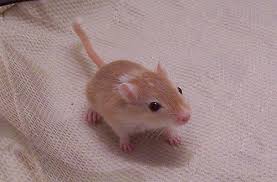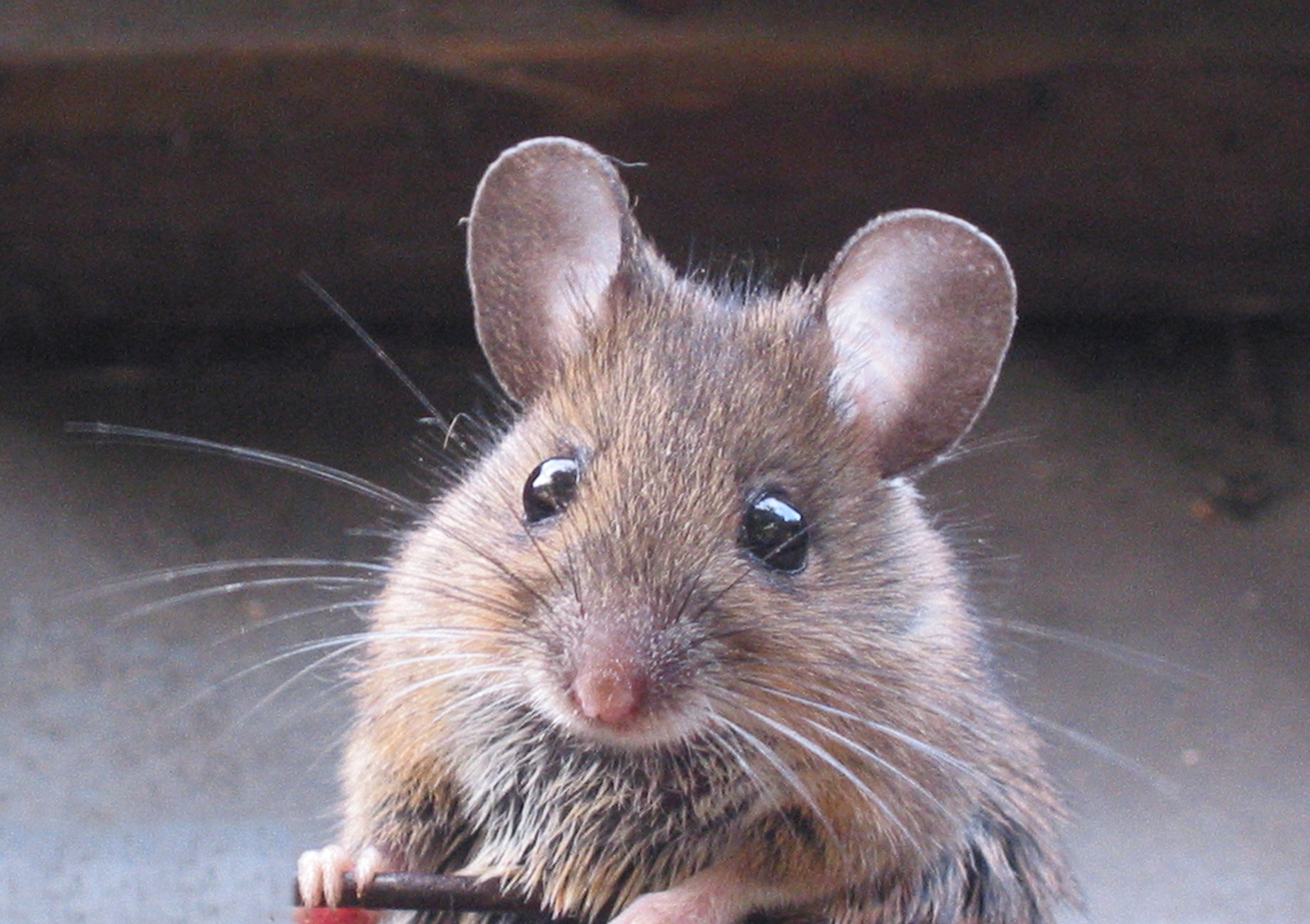Muridae - Rats and mice running amock



Origins
The family Muridae is the largest group of mammals and consists of rats, mice, and their relatives from the Old World. This includes 5 subfamilies divided into 150 genera and 730 species. Genetic evidence seems to indicate that they arose from hamster-like creatures during the Miocene in Asia and then radiated all over the world.
What are they Like
The first subfamily is Deomyinae, an African and Asian group that includes the spiny mice that contains 54 species. The subfamily Gerbillinae, gerbils and relatives, is found in arid regions of Africa through the Middle East and into Asia. These small mice share many arid-adaptations with other mammals like kangaroo rats and jerboas. The subfamily Leimacomyinae contains only a single species, the grooved toothed forest mouse, from tropical Africa. The Otomyinae contains the whistling rats and vlei rats restricted to sub-Saharan Africa. Finally, the subfamily Murinae contains 561 species of which are generically called Old World rats and mice.
Geographic Distribution
Members of Muridae are native to all parts of the world, except for Antarctica. Although, with year-round settlements in Antarctica now, it is not inconceivable that they are found on research stations there too. Murids occupy a great diversity of habitats such as tropical forests, wetlands, and deserts and can be semi-aquatic, beneath the earth, or on the ground.
Reproduction
These little critters are primary prey for a lot of species. You could even say entire ecosystems depend upon them to reproduce early, often and multiple progeny,each time. Many an arid or arctic ecosystem will start towards catastrophe if Murid populations fail.
Feeding Habits
The Murids will mostly be omnivorous but in specialized habitats, will evolve to get at all the available food sources. They have been regarded as pests from the moment man started agriculture in any sustained manner because,like other Rodents, a fast metabolism and speedy reproduction urge drives.
Videos